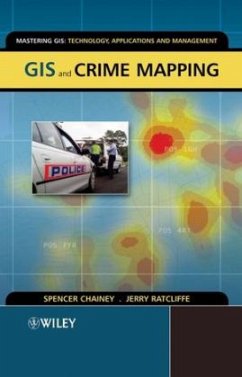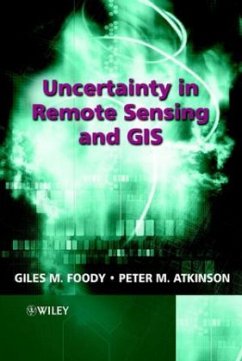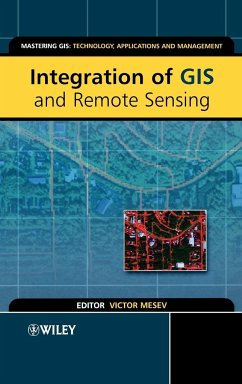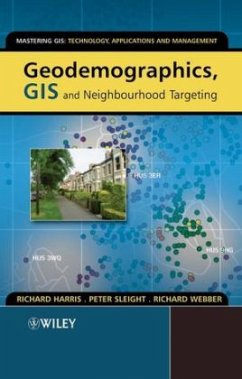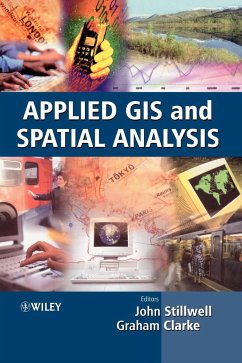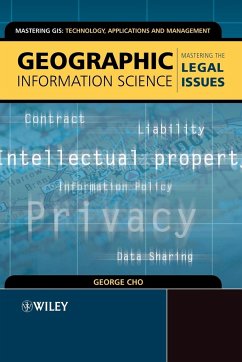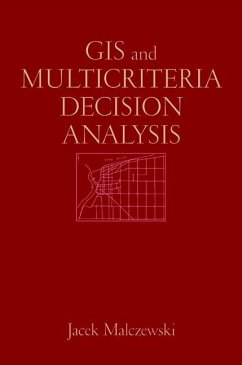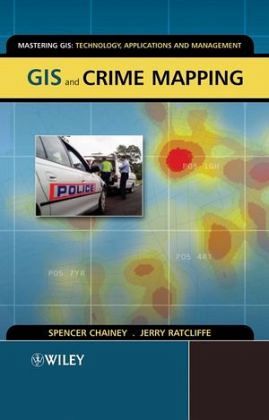
GIS and Crime Mapping
Versandkostenfrei!
Versandfertig in über 4 Wochen
250,99 €
inkl. MwSt.
Weitere Ausgaben:

PAYBACK Punkte
125 °P sammeln!
GIS & Crime covers the theoretical principles, data processing solutions, partnership working, analytical methods, problem-solving approaches, and map design for GIS and crime in a manner that underpins GIS application use in three broad areas (operational, tactical and strategic). The book also includes short case studies at relevant sections to help demonstrate how the principles and concepts are essential for successful application development. These case studies bring a richness and depth to the text and draw from the authors' international contacts and knowledge of excellence in the field...
GIS & Crime covers the theoretical principles, data processing solutions, partnership working, analytical methods, problem-solving approaches, and map design for GIS and crime in a manner that underpins GIS application use in three broad areas (operational, tactical and strategic). The book also includes short case studies at relevant sections to help demonstrate how the principles and concepts are essential for successful application development. These case studies bring a richness and depth to the text and draw from the authors' international contacts and knowledge of excellence in the field to offer a global tone to the book.
The authors are well-placed to write the leading text on GIS and crime. Spencer Chainey is a leading consultant and academic at the Jill Dando Crime Research Institute, and current vice-president of the AGI, and his experience is complemented by Jerry Ratcliffe, an academic in police studies in Australia and a former PC and crime analyst with the London Metropolitan Police Force. Case studies provide further insight into specific issues of interest to readers.
_ Provides readers with a complete start-to-finish coverage of crime mapping: fundamental theory of mapping and criminology, scientific methodologies, analysis and design techniques, and applications.
_ Incorporates global examples and case studies from international contributors to demonstrate best and worst practice
The authors are well-placed to write the leading text on GIS and crime. Spencer Chainey is a leading consultant and academic at the Jill Dando Crime Research Institute, and current vice-president of the AGI, and his experience is complemented by Jerry Ratcliffe, an academic in police studies in Australia and a former PC and crime analyst with the London Metropolitan Police Force. Case studies provide further insight into specific issues of interest to readers.
_ Provides readers with a complete start-to-finish coverage of crime mapping: fundamental theory of mapping and criminology, scientific methodologies, analysis and design techniques, and applications.
_ Incorporates global examples and case studies from international contributors to demonstrate best and worst practice



